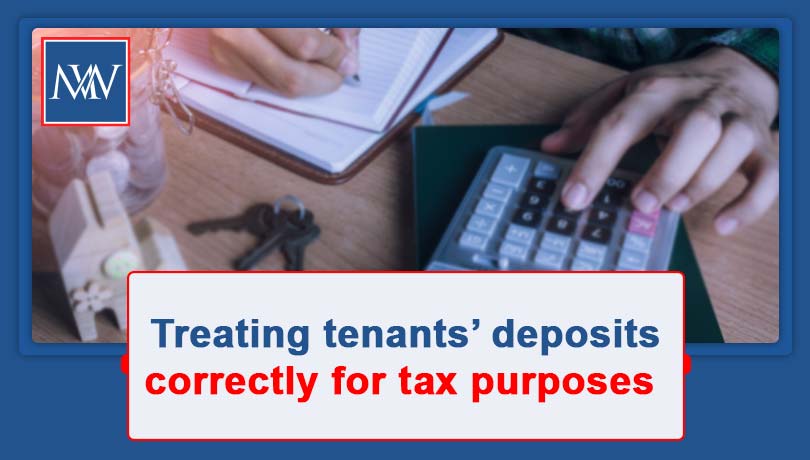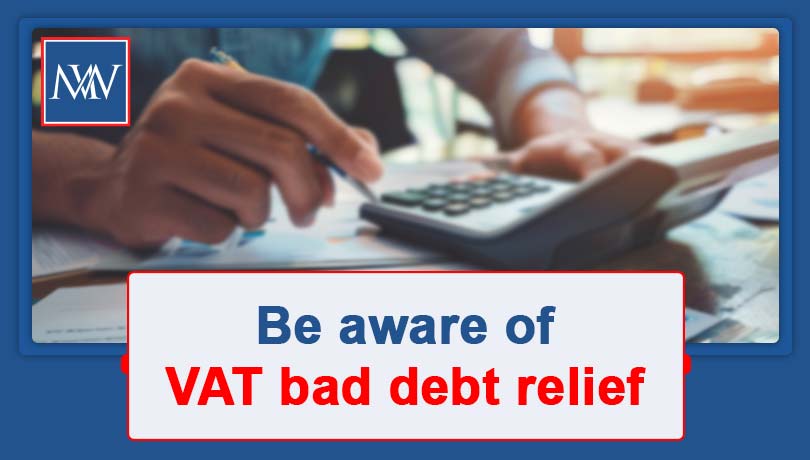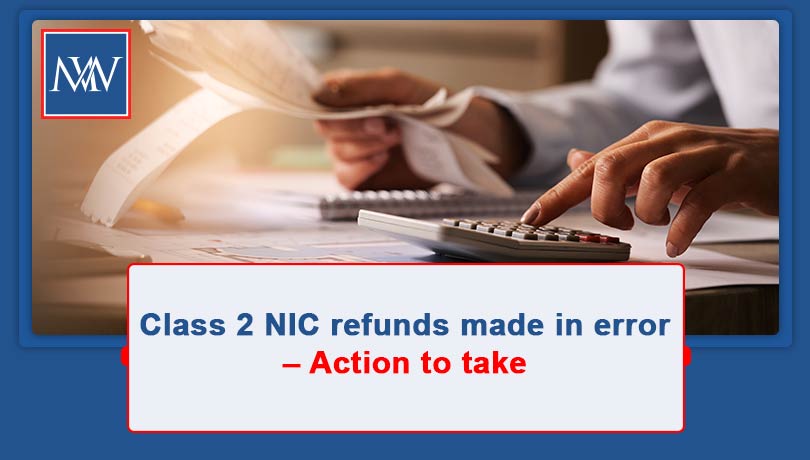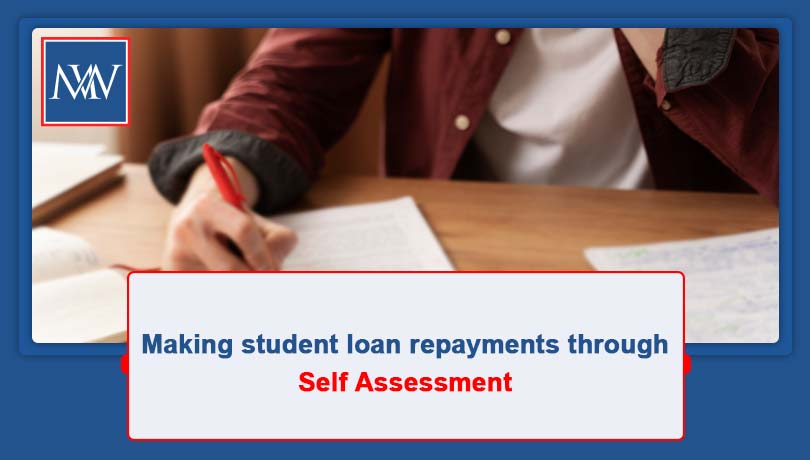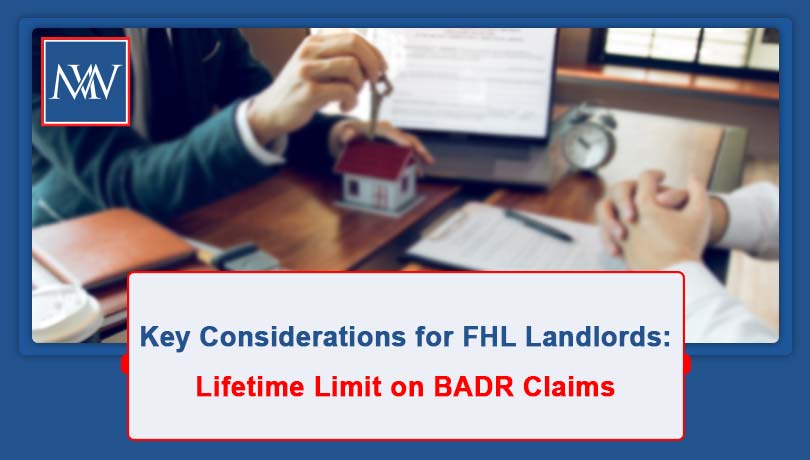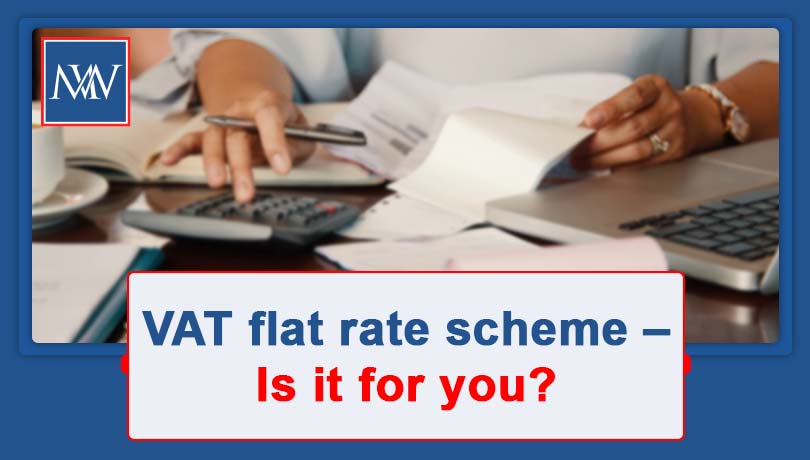Treating tenants’ deposits correctly for tax purposes
It is usual for a landlord to require a deposit from a tenant as security against damage to the property. This cannot be more than five weeks’ rent where the annual rent is less than £50,000 or more than six weeks’ rent where the annual rent is more than £50,000. The landlord can also ask
Learn More


